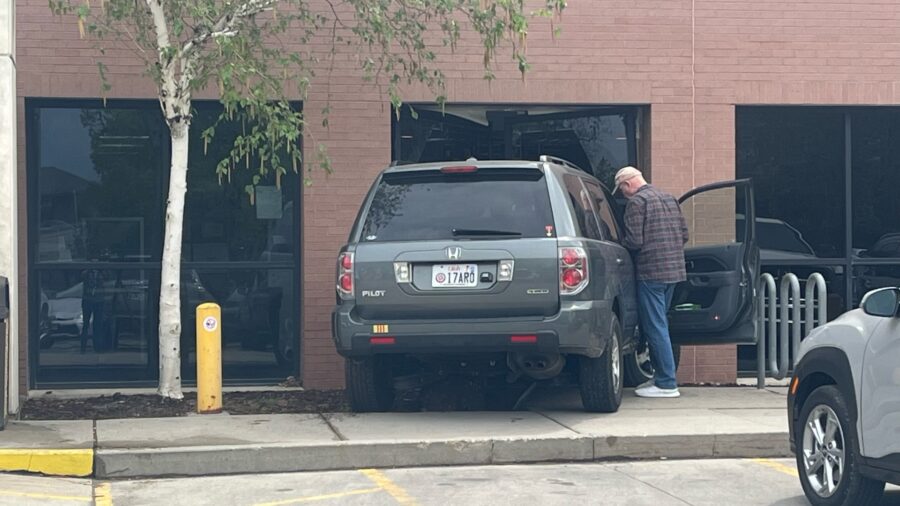Scientist Connects DNA Dots To Help Capture Suspected Serial Rapist
Oct 1, 2019, 8:37 PM | Updated: Jul 15, 2023, 11:02 am
Oct 1, 2019, 8:37 PM | Updated: Jul 15, 2023, 11:02 am

The Saratoga Springs Police Department is on alert after several recent reports of attempted kidnappings and suspicious people in the area.
6 minutes ago

With weeks left to live after an electrical accident, a Lindon woman’s dream of her music airing on the radio is becoming a reality.
37 minutes ago

Utah Sen. Mike Lee has endorsed Colby Jenkins, a Republican challenger to incumbent Rep. Celeste Maloy, in the race for Utah's 2nd Congressional District.
59 minutes ago

A jury found a Miguel Angel Leon Gomez guilty of four felonies related to the rape of a co-worker.
1 hour ago

Officers with the Salt Lake City Police Department responded to a call around 11 a.m. about a car crashing through the Sugar House USPS.
1 hour ago

Weber School District is urging parents to talk to their kids about guns after Roy High School had three incidents in the past two weeks of students bringing guns on school property.
3 hours ago

Connected printers have vulnerable endpoints that are an easy target for cyber thieves. Protect your business with these tips.

Check out the latest lighting design trends for 2024 and tips on how you can incorporate them into your home.

Experiencing a glitch in your computer can be frustrating, but with these tips you can have your computer repaired without the stress.

Explore the benefits of upgrading to Windows 11 for a smoother, more secure, and feature-packed computing experience.

Get ready for festive celebrations! Discover expert tips to prepare your home for the holidays, creating a warm and welcoming atmosphere for unforgettable moments.

Get more power out of your laptop battery and help it last longer by implementing some of these tips from our guide.